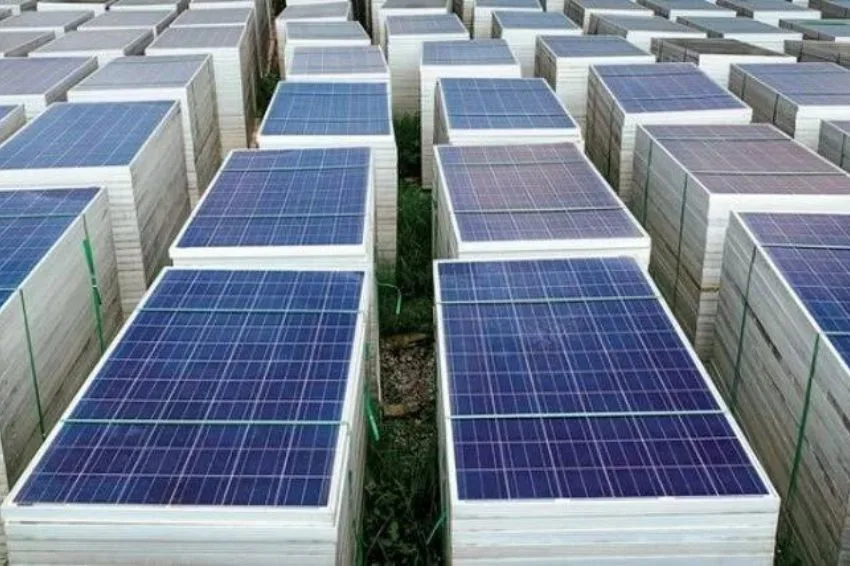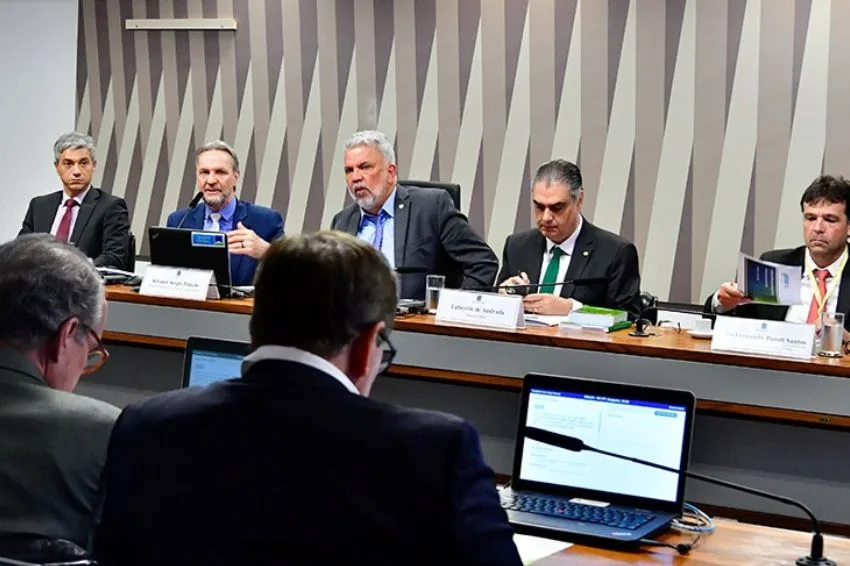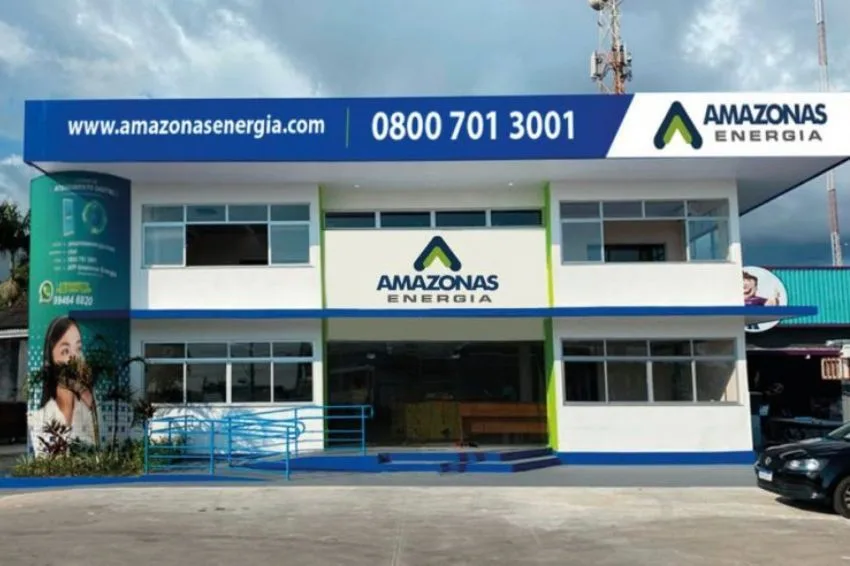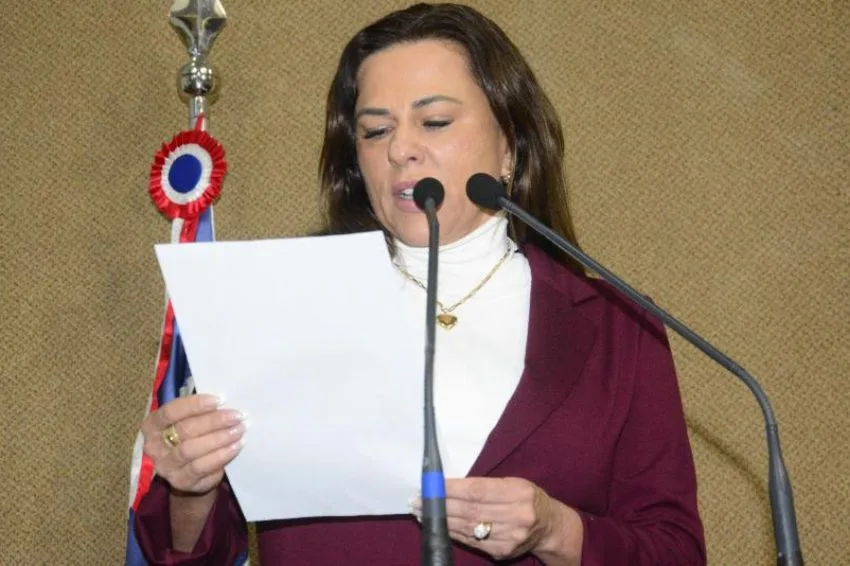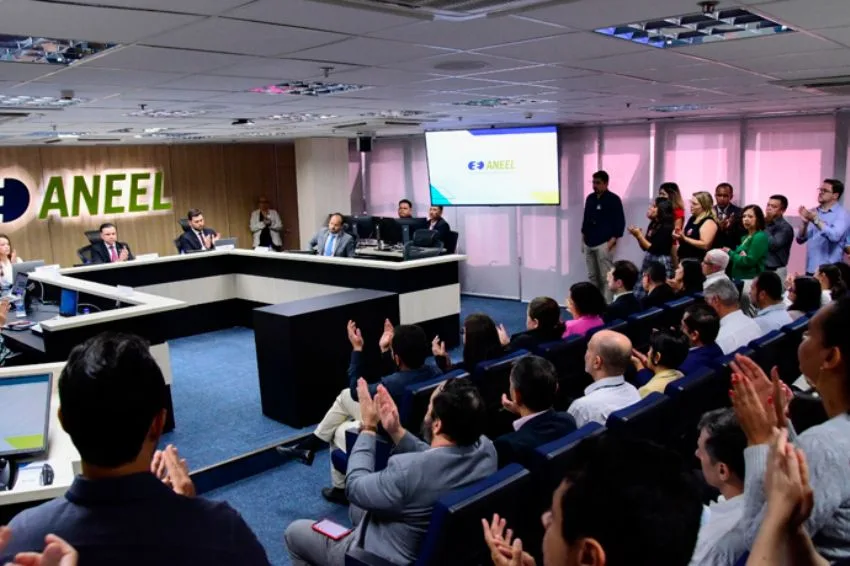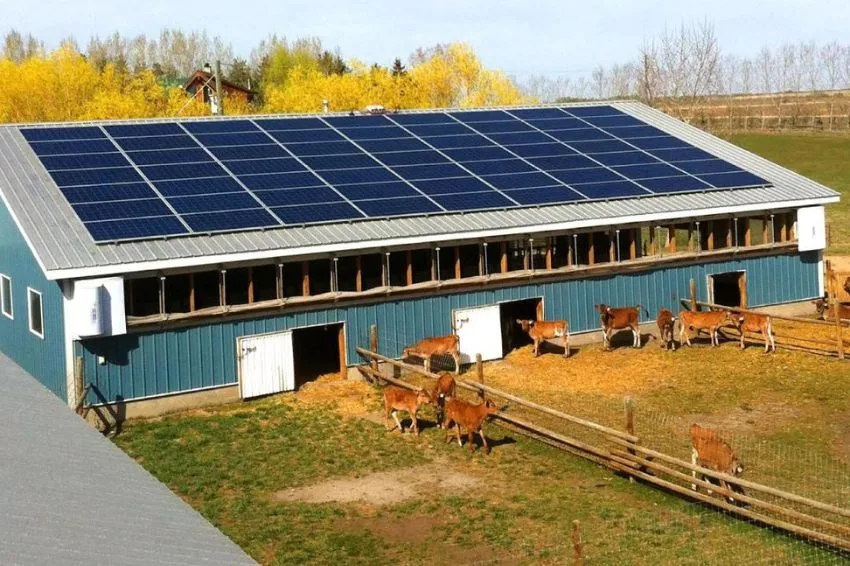O Minister of MME (Mines and Energy), Alexandre Silveira, said that it will improve the Electricity Social Tariff program to combat social inequality, reversing the logic that the poorest consumers, especially those in the North and Northeast regions, pay one of the most expensive bills in Brazil.
The statement was made during the executive's technical visit to the National Semiarid Institute, in Campina Grande (OB), last Friday (02).
“There is a great distortion created many years ago in the electricity sector, there is actually a contradiction. At a time when Brazil has this great opportunity to generate clean and renewable energy, at the same time that the regulated consumer of distributors who did not have the economic conditions to generate their own energy continues to pay the most expensive bill in Brazil, especially in the North and in the Brazilian Northeast,” he said.
“We are working on a project to end this distortion… Projects that can favor the social tariff. We need to reverse this logic... But what have I done in the debate opportunities, so that we can raise awareness in parliament, so that we can protect 21 million families and 51 million people from Bolsa Família who pay for the most expensive energy in Brazil? . We're going to do it. The objective of our government is to develop Brazil, generating jobs and income, but mainly to combat inequality, and we will do this by improving the percentages of the social tariff”.
The Social Tariff program is a public policy to grant discounts on electricity tariffs to low-income consumers. Since the publication of Law No. 12,203/21, the automatic registration of families included in the Single Registry and the BPC (Continuous Payment Benefit) was established.
ANEEL (National Electric Energy Agency) calculates that around 16 million families receive discounts, but another 10 million families could be entitled to the benefit. The reasons: errors in the registration process and misinformation on the part of the population.
The subsidy granted to the Social Tariff consumer, however, is paid by other consumers, through a charge embedded in the electricity bill called CDE (Energy Development Account). In 2022, the program cost R$ 4.66 billion; in 2021, R$ 3.6 billion; in 2020, R$ 4.19 billion; and in 2019, before the pandemic, R$ 2.48 billion. The data was taken from the ANEEL submeter.
A Social Electricity Tariff brings discounts on the monthly consumption value of benefiting families. For consumption up to 30 kilowatt-hours, the reduction is 65%; from 31 to 100 kWh/month, the amount payable is 40% lower; from 101 kWh to 220 kWh, the reduction is 10%; and only energy consumed above 220 kWh/month has a similar cost to consumers without the benefit.
You can receive the benefit of the Social Tariff families registered in the Single Registry, with a per capita monthly family income less than or equal to half the national minimum wage or elderly people over 65 years old or a person with a disability, who receive the BPC, and families registered in the Single Registry with a monthly income of up to 3 minimum wages, who has an illness or disability (physical, motor, hearing, visual, intellectual and multiple) whose treatment, medical or therapeutic procedure requires the continued use of devices, equipment or instruments that, for their operation, require the consumption of electrical energy.




